Neuro Systems – Safety
Presently the company supports two categories that fall under the mantle of safety, these are emergency lighting and nurse call systems.

Safety and Emergency Lighting
Planning, installation, maintenance and testing of both emergency and standby lighting to be used in the event of lighting system failures.
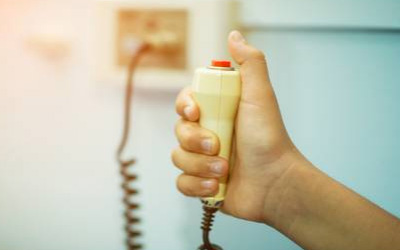
Nurse & Warden Call Systems
Risk assessment, planning, installation of emergency notification systems with local and remote alarms according to local authority specifications. Protecting vulnerable people and safeguarding staff.
Emergency Lighting
In the event of an incident where the power is cut and normal lighting systems fail, an automated, independently powered lighting system is necessary to provide adequate illumination. The lighting enables occupants to safely navigate to a marked exit and helps to lessen the increased levels of anxiety created in a sudden loss of light. It is becoming standard for new constructions to feature emergency lighting, the equipment, and aesthetic design falling under the discretion of the architect.
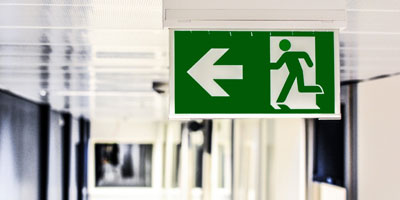
What is Emergency Lighting?
To reiterate, emergency lighting is lighting that automatically activates when the power supply to the normal lighting system fails.
The term emergency lighting is a parent to two subcategories, these are emergency escape lighting and standby lighting.
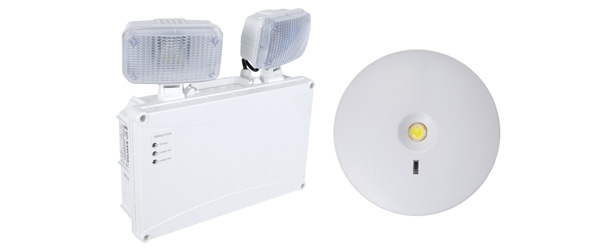
Emergency escape lighting
Part of the fire safety provision for municipal, commercial and communal residential buildings, it is also a requirement necessary to meet ‘ The Regulatory Reform (Fire Safety) Order 2003. This part of the emergency lighting system is designed to provide adequate lighting enabling people to leave a location and in circumstances required, allow personnel to end a potentially dangerous process before leaving.
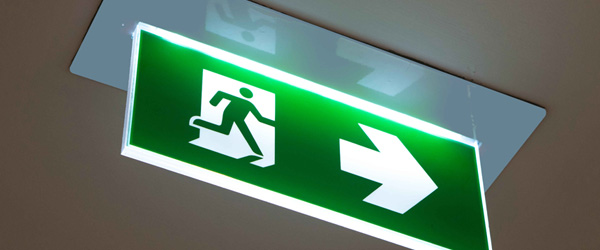
Standby Lighting (Escape Route Lighting)
These fittings and components are designed for ease of identification so that users can promptly and safely make their way to an appropriate escape route.
What Is Necessary For The Installation of an Emergency Lighting System?
Prior to a single fitting being installed, there should be a fire risk assessment carried out. The fire risk assessor and the system designer usually meet to decide on the location(s) for escape lighting. This consultation will yield a floor plan to highlight the areas that require coverage, the system type (power supply), mode of operation, facilities and duration.
What Systems Are Available?
Neuro Systems can provide, install and maintain two primary options for escape route lighting and standby lighting. The pros and cons of each system are identified in the table below.
| System Type | Advantages | Disadvantages |
| Power Supply | Fast and cost effective installation | Extreme ambient temperatures can shorten the battery life |
| Makes use of standard wiring network | Battery life limited from 2 to 4 years | |
| Low maintenance -annual testing and cleaning | Each luminaire point requires isolation for testing. | |
| Superior system integrity, each light unit is independent | ||
| Easy to extend system with additional luminaires | ||
| Central Battery Source | Maintenance and testing faster, only one location to be checked | Higher capital outlay for equipment |
| Extended battery life from 5-25 years | Installation of the system with fire resistant cable for each luminaire | |
| Battery is protected from the environment, unaffected by ambient fluctuations | Failure of battery or wiring at any point can disable large areas of the system | |
| Light fixtures are less expensive | Requires battery room to house and protect cells and charging unit | |
| Large batteries are considerably less expensive per unit of power | Voltage drop on peripherally situated luminaires may cause problems on large systems. |
What is Mode of Operation?
The type of premises and what they are used for largely define whether emergency lighting points (luminaires) are either maintained or non-maintained.
Definition of ‘Maintained Emergency Luminaire’
This is a type of lamp/fixture that are active at all times.
What kind of premises would require maintained emergency luminaries?
These lights are often dimmed when the premises are occupied, their presence prevents total darkness.
Theatres
Cinemas
Clubs
Halls
Definition of ‘Non-maintained Emergency Luminaire’
An emergency light fixture with emergency lamps that only become active when the power supply to the normal lighting circuit fails. This choice is generally suited to a workplace environment where artificial lighting is installed and that the premise is occupied.
How Long Will Emergency Lighting Last?
There is a legislation that says emergency escape lighting has to be active at the systems full potential for 1 hour. The size and complexity of the premises will affect the time duration it takes for occupants to be evacuated.
In certain locations such as sleeping accommodation, an extended duration is often required, this time period should be at least 3 hours.
The BS5266 article contains detailed information that specifies the durations recommended for various premises.
Nurse Call Systems
Current legislation requires that all nursing homes have an alarm system fitted on site. Neuro Systems supply and fit both radio call systems and nurse call alarms.

Sites That Make Use of Nurse Call Systems
Hospitals
Child Care Centres
Assisted Residences
WC Alarm Systems
Accessible toilet alarm equipment to create a compliant single zone emergency assistance system. Kits can be tailored and installed with call controllers, ceiling pull units, reset panels and overdoor lights
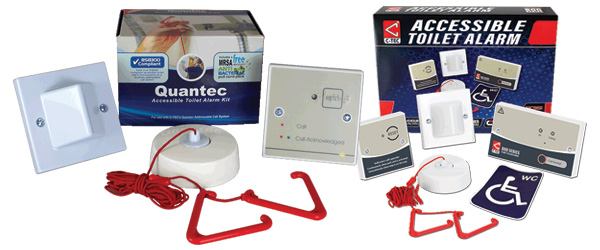
Centres That Use WC Alarm Systems
Shopping Malls
Airports
Railway Stations
Sport & Leisure Centres

How Can Neuro Systems Help?
Our highly trained team will make sure that your business meets all of the requirements imposed by EU legislation, BS 5839 standards, your insurance company, and your local Fire Officer. We have over 25 years of experience in installing and maintaining fire alarm systems for businesses and organisations across the East Midlands.
